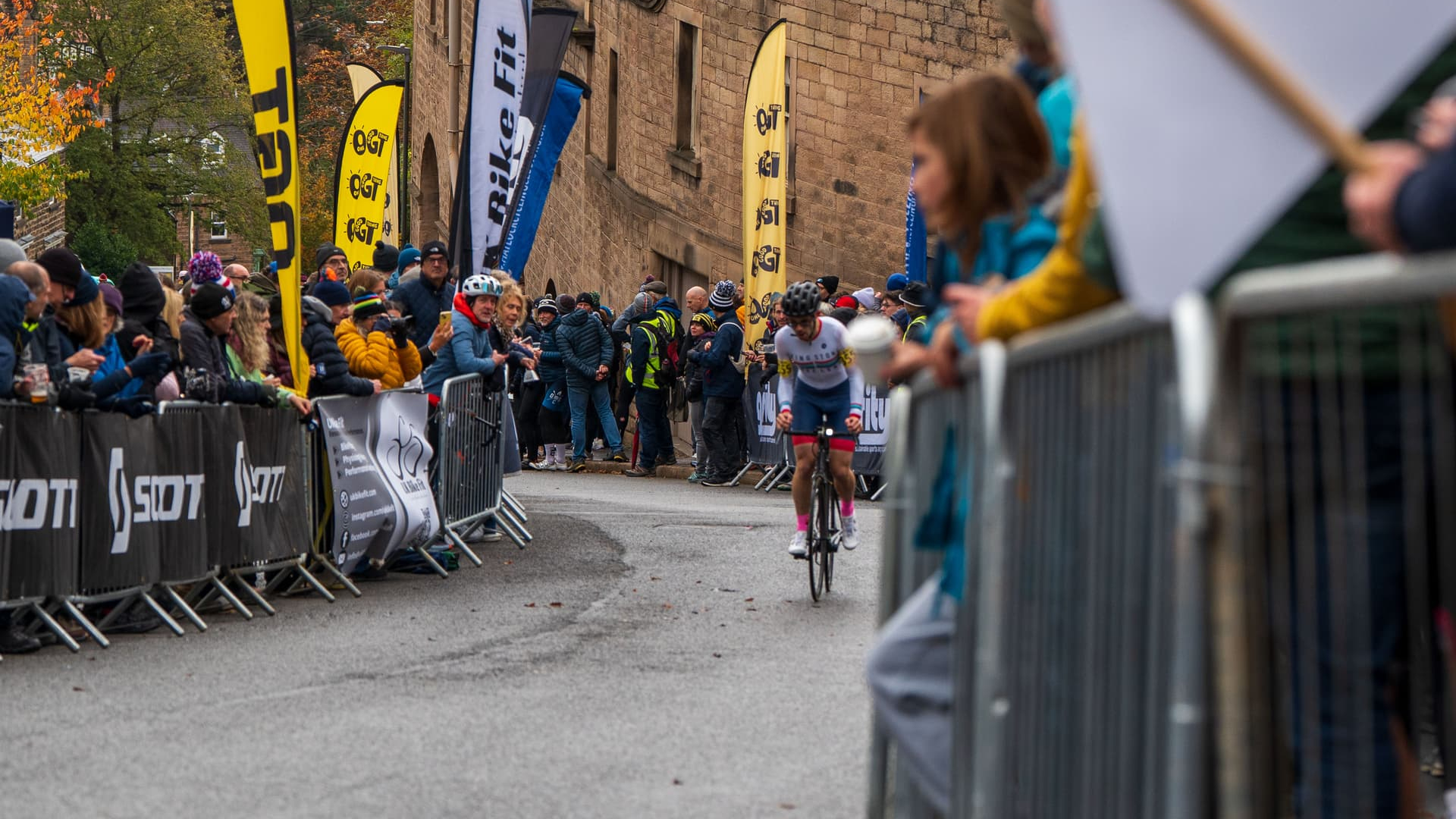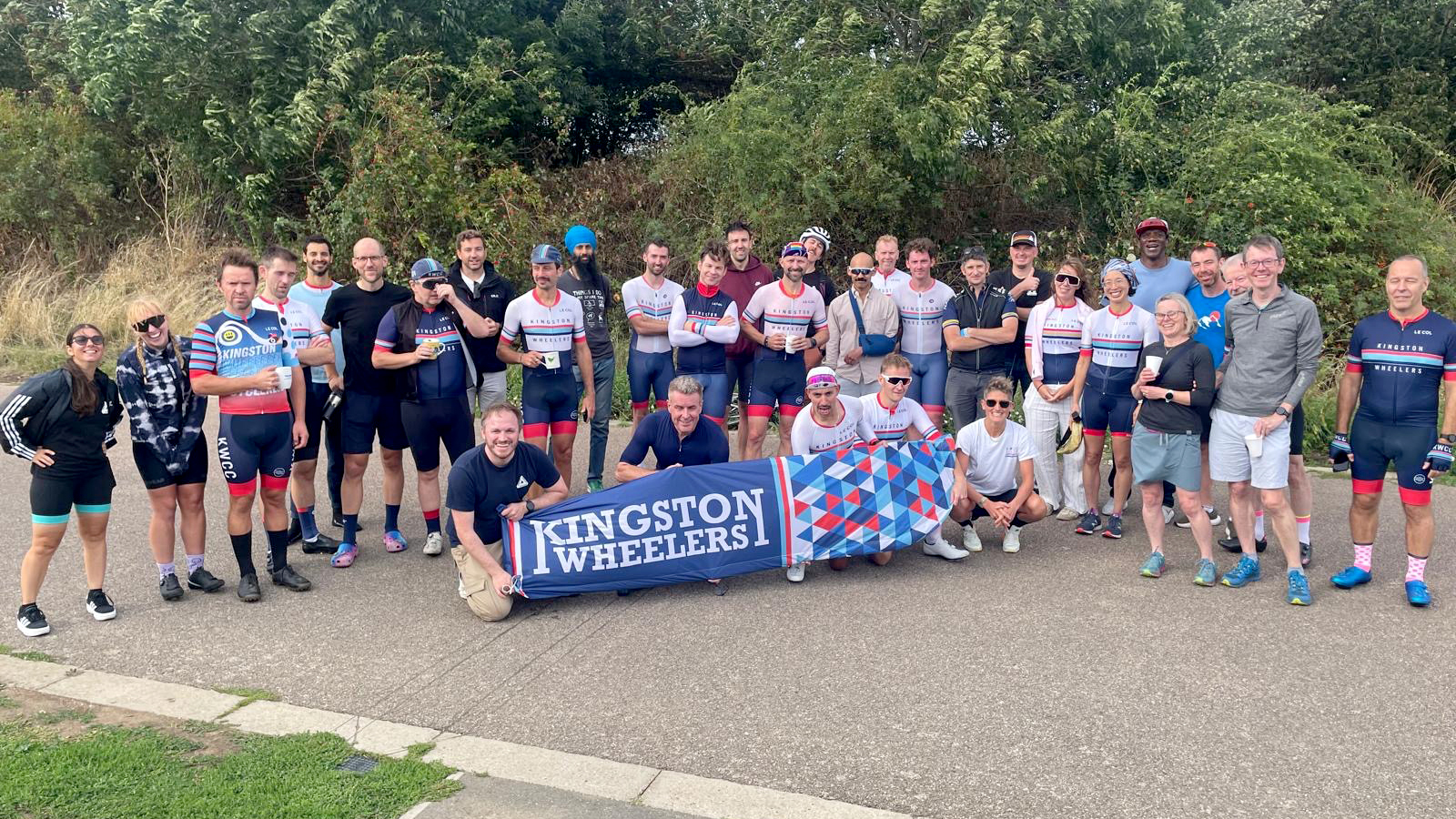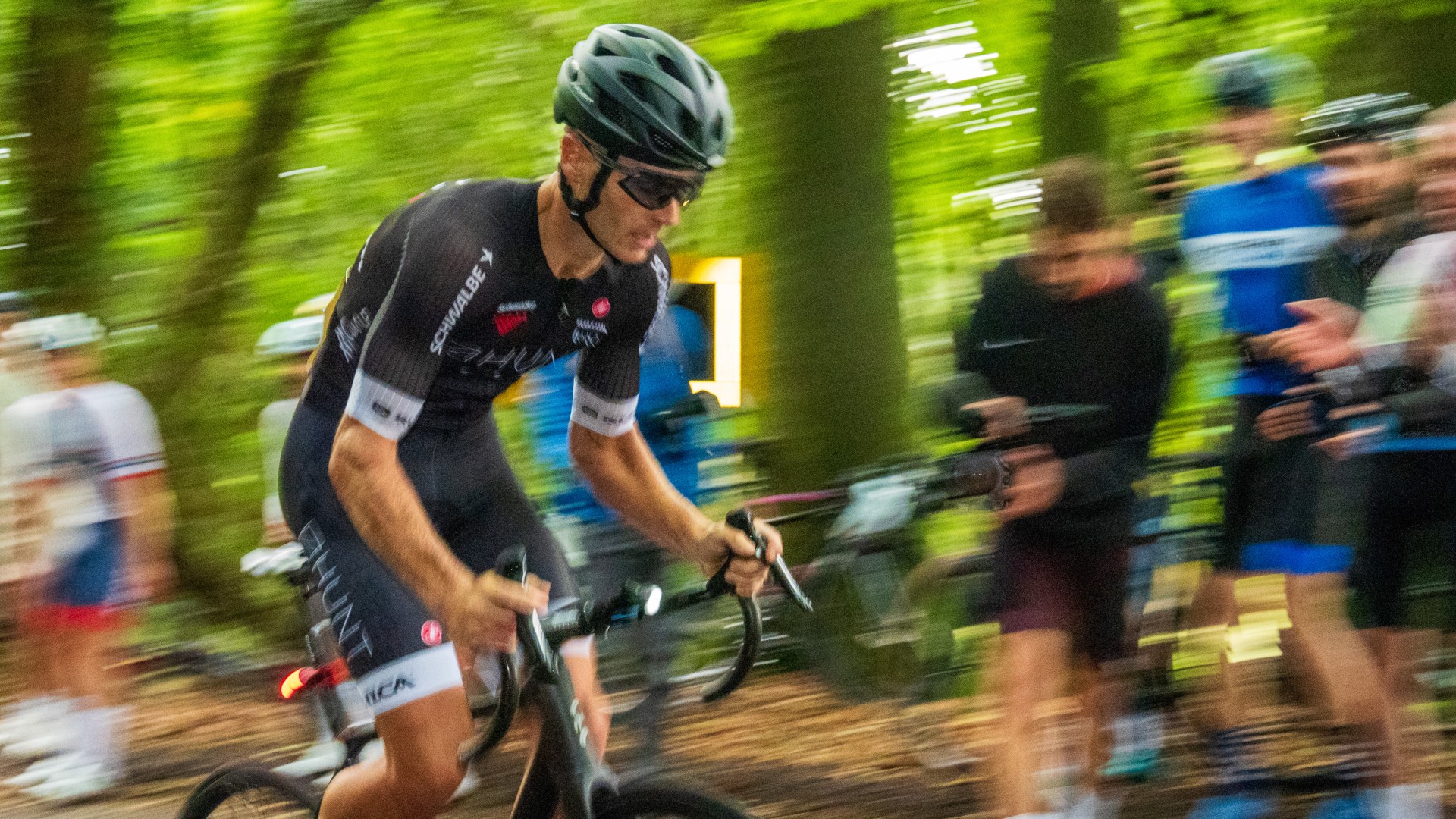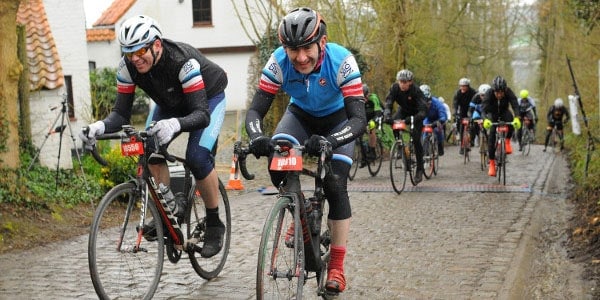
How to do the Tour of Flanders
Hans Stiles decided that past experience wasn’t enough of a deterent, so he went to the Tour of Flanders again with some hardy souls from Kingston Wheelers CC. Here he describes how he set about the weekend in Belgium.
Part One – Planning
If you haven’t ridden on cobbles before, it’s roughly twice as much effort as riding on a paved road, you have to look well ahead to avoid any notable hazards in the road and the faster you go, the easier it is, as is the likelihood you will either crash or dislodge your water bottles and saddle pack. All the while, giving your posterior and hands the equivalent of a thorough going over with a steak hammer. I can highly recommend it.
When signing up for the Flanders sportive, you have a choice of short, medium or long (approximately 80, 130 and 250km respectively). Most people choose the medium route as it includes all of the cobbled sections and climbs.
If you have a car, a cycling trip to Flanders with a few mates is easy and relatively cheap. Hotels in Oudenaarde book up quickly, so both years I simply fired up Google Maps, picked a nice sounding town/village around 10km away and popped on Booking.com. This year, I managed to bag a couple of rooms in a 4 star hotel in a town called Deerliijk at a great price. Trip Advisor reviews were good too, which is generally a good sign. Either that or the owner, staff and a bunch of locals have submitted a selection of suspiciously similar write-ups. Last year we found a Guest House in a village. By the way, I haven’t named either of them in this review for purely selfish reasons. Next year, you can contact me via the Kingston Wheelers Forum and I’ll let you know the name of the place I haven’t booked.
You have the choice of car ferry or Eurotunnel to get you across La Manche. Again, with an eye on a bargain, I used a low cost website, Direct Ferries, and picked up a cheap return. We opted for the midday ferry out on Friday with a return at 8pm on the Sunday. The ferry takes an hour longer, but I’d rather spend 90 minutes lounging in the bar drinking dodgy café au lait than 30 minutes in my car.
Part Two – Preparation
So, once you have your entry confirmation, accommodation and channel crossing you can start your preparations. First thing most people do is decide what bike they are going to ride. I chose to use my comfy bike, a Scott Solace, with Continental 4 Seasons 25mm tyres, standard chain-set and a 11-28 cassette to give me at least one easy gear on the back. The others in my group were on standard road bikes with various chain-set/cassette combinations and slightly fatter tyres.
I’d like to use this section to clear up a few things. First, none of the climbs are that hard. At least not on paper. The Surrey Hills and Surrey Downs are full of climbs that are just as steep and long as those you encounter in Flanders. The main differences are that there are around 16,000 people riding the Flanders Sportive. Although the local press would have you believe otherwise, that’s probably more than Box Hill on a Sunday in May. Considering the size of some of the ‘roads’, that’s a lot of bikes. Oh, and the climbs are mostly cobbled (and full of people)
So, in terms of rider preparation, you need to be able to do the following:
- Ride up short steep hills, preferably seated
- Keep your balance when slowed to a crawl
- Relax on the bike. Bend your arms, look forward and ride with your hands loosely gripping the top of the handlebars.
Part Three – Participation
On the journey over, we had agreed to start at 7am to avoid the crowds. Once we had checked in to the hotel and been advised that that was the time breakfast started, we quickly pushed it back by 30 minutes. I also forgot to set my alarm and was woken up at 7 by my companions, so start time was probably nearer 8. It was just as well because the weather was probably best described as Flandrian, i.e. cold, wet and foggy.
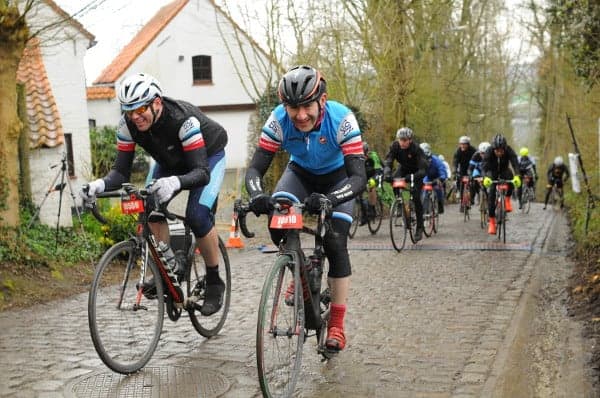
The route of the sportive is essentially two loops around Oudenaarde. The first 20km of the Ronde are pretty relaxed. You ride along a canal, up The Wolvenberg and onto the first two sections of cobbles, 800m and 1200m each. At 21km you hit the first of the cobbled climbs, The Molenberg, followed by the longest cobbled section, The Paddestraat, before hitting the first feed zone. The feed zones at the sportive are excellent; sports drinks, fruit, honey cake, energy bars and, my favourite, honey waffles. I don’t normally eat on rides – certainly not anything under 50 miles, but on this occasion, I made an exception and stuffed as many waffles into my back pockets as I could before setting off. The remainder of the first loop includes another cobbled section, followed by four climbs of varying length, Leberg, Berendries, Valkenberg and Eikenberg. You then ride back through the start/finish area before heading out for the second lap.
Now the fun starts! Next up is the Koppenberg. 500 metres, cobbles, average gradient 9% and maximum gradient 22%. On any normal day of the week, that’s easily do-able. However, there’s a pinch point at the steepest point and you’d be hard pushed to get 3 bikes through side by side. Factor in the bad weather and people were un-clipping or falling off. I had no choice but to unclip and walk through the narrowest section, but I managed to remount, build up some momentum by pedalling one-legged and get to the top, bolstered by shouts of “Go Wheelers” from some of the other riders (or, to be more precise, at that point, walkers).
Next climb was one of my favourites, Steenbeekdries, which featured the only cobbled descent of the route, followed by, Taaienberg, Kaperij, Kanarieberg, Kruisberg and another favourite, Karnemelkbeekstraat. We then hit the final feed zone where I stocked up on more honey waffles for the kids (it was Easter weekend after all) before heading to the last two climbs, The Oude Kwaremont and the Paterberg. The Kwaremont is 2km long and gradually saps your strength, but I got to the top without much drama. The Paterberg, on the other hand, was ridiculous. A 13% average gradient, with a maximum of over 20%, slippery cobbles and riders wobbling all over the place. I loved it! Riding up it was near impossible though. I got 1/3 of the way up, slowed to a crawl behind a group of riders and had to unclip. However, knowing that there would be a camera at the summit, I was determined not to be filmed doing the walk of shame, so managed to remount and ride the last few metres.
The last 10km is a blast back into Oudenaarde and, unfortunately, this is where the standard of group riding on the continent showed itself to be somewhat under par. I avoided at least 3 crashes, two of them quite serious on what were pretty easy roads.
Once we got back to the finish line, we swapped our timing chips for event T-shirts, grabbed a few cycling bits from some of the stalls, rode to our car and headed back to the hotel for a well-deserved shower, meal in a nearby town and, finally, several bottles of the rather smashing Westmalle Trippel (9%) in the hotel bar. I crawled back to my room at around midnight.

